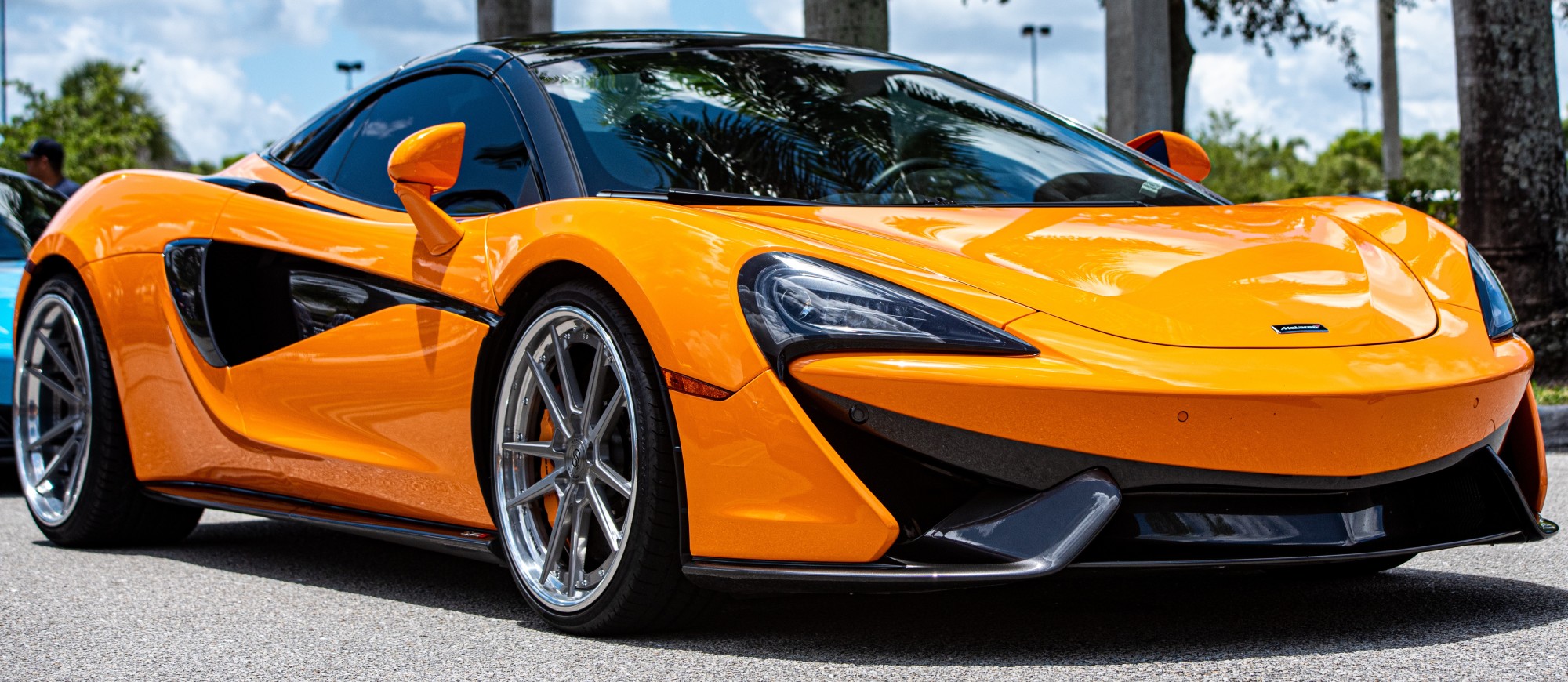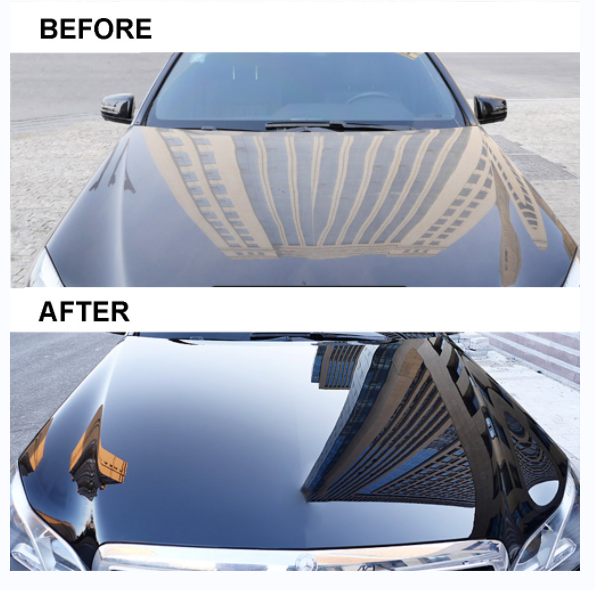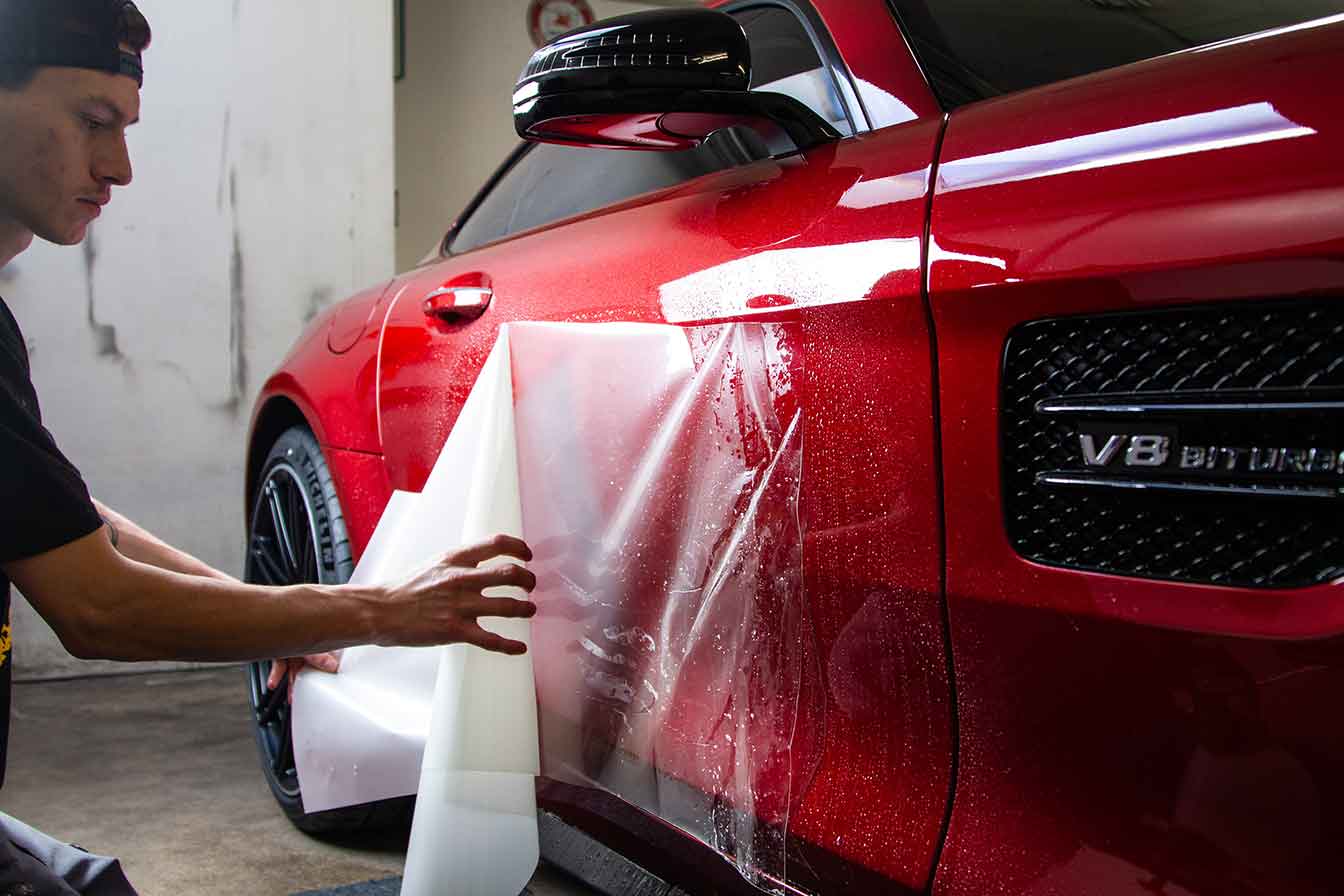Ceramic Finish vs. Standard Wax: Which Provides Better Long-Term Protection?
The dispute in between ceramic coverings and standard wax for lorry defense has actually amassed substantial focus amongst auto fanatics and specialists alike. While both offer the function of securing paint, their differences in toughness, application, and lasting upkeep expenses may affect a customer's option. Ceramic finishes flaunt exceptional longevity and resistance to environmental variables, yet the intricacy of their application elevates inquiries concerning ease of access and usefulness. As we explore these contrasting choices, it becomes vital to think about not only the prompt advantages however also the effects for automobile care over time.
Review of Ceramic Layer
Ceramic finishing has gotten significant appeal among auto lovers and detailers alike as a result of its advanced safety qualities. This ingenious innovation is designed to develop a resilient, hydrophobic guard over a vehicle's paint surface area, significantly improving its resistance to environmental contaminants such as dust, UV rays, and chemical discolorations. Unlike conventional wax, which supplies a temporary layer of defense, ceramic finishings bond at a molecular degree with the paint, offering durable sturdiness-- often prolonging past 2 years with proper maintenance.
The application process includes thorough preparation of the car's surface area, consisting of cleansing and brightening to ensure ideal bond. As soon as used, the covering remedies to develop a durable layer that not just includes deepness and gloss to the paint yet also simplifies maintenance. With its hydrophobic buildings, ceramic coating allows water and dust to slide off more easily, decreasing the frequency of laundries and reducing the danger of swirl marks.
Additionally, ceramic layers are readily available in numerous solutions, permitting customers to pick items tailored to their particular requirements and preferences. Overall, ceramic covering represents a significant advancement in paint defense modern technology, delivering remarkable efficiency compared to conventional options.
Overview of Typical Wax
Generally related to as a staple in vehicle care, wax works as a prominent option for those seeking an uncomplicated approach to improve and safeguard their vehicle's paint - ceramic coating. Automotive wax typically consists of all-natural active ingredients, such as carnauba, or artificial compounds, made to produce a protective layer externally of the paint. This layer not only boosts the automobile's gloss and shine but additionally supplies a barrier versus environmental impurities
The application of wax is typically straightforward, making it easily accessible for both professionals and Do it yourself enthusiasts. When used, wax requires a curing period, after which it sets to form a protective covering.
Nevertheless, while wax is reliable for enhancing the aesthetic charm of a vehicle, it is very important to note that the defense it offers might demand more frequent reapplication compared to alternate items, such as ceramic coverings. Generally, typical wax remains a favored choice for those focusing on convenience of usage and prompt aesthetic improvement.
Resilience and Durability Comparison
While both ceramic finishes and typical wax deal safety advantages for auto paint, their durability and durability vary dramatically. Typical wax, typically made from natural carnauba or synthetic polymers, generally offers a protective layer that lasts approximately three to six months. This relatively short lifespan necessitates regular reapplication to maintain optimal protection.
In contrast, ceramic coverings are engineered from innovative nanotechnology, creating a covalent bond with the paint surface area. This leads to a robust, hydrophobic layer that can sustain for 2 to five years, relying on the item and ecological problems. The remarkable toughness of ceramic finishes is associated to their chemical structure, which offers enhanced resistance to scrapes, UV rays, and oxidation.

Security Against Ecological Elements
Protecting a car's paint from environmental elements is crucial for keeping its appearance and worth gradually. Vehicles are continuously revealed to a variety of aspects, consisting of UV rays, bird droppings, tree sap, acid rain, and roadway grime, all of which can endanger the honesty of the paintwork.
Ceramic coatings offer a durable protection against these environmental aggressors. Unlike typical wax, which can degrade swiftly under UV direct exposure, ceramic coverings create a long lasting, hydrophobic layer that resists This Site the damaging results of sunshine and ecological pollutants. This sophisticated innovation develops a chemical bond with the lorry's surface, offering exceptional security that lasts for several years, also in harsh conditions.
In comparison, ceramic finishes keep their safety top qualities much longer, substantially minimizing the risk of paint damage and making certain that the automobile maintains its aesthetic appeal. As an outcome, ceramic finishes are progressively recognized as the premium option for long-term defense against ecological aspects.
Application and Maintenance Distinctions
The approaches of application and succeeding maintenance for ceramic coatings and typical wax differ substantially, impacting the general user experience and efficiency of each item. Ceramic coverings call for Clicking Here an even more elaborate application procedure, typically including surface area prep work that includes washing, sanitizing, and brightening the car. As soon as the surface area prepares, the ceramic finish is used in a controlled atmosphere, commonly requiring professional know-how to ensure appropriate treating and bonding to the paint.

While both items boost lorry look, the longer-lasting defense offered by ceramic coatings may justify their initial investment, regardless of the even more requiring application procedure. Alternatively, traditional wax remains a popular choice for those looking for a less complex, albeit temporary, option.

Verdict
Finally, ceramic layers show substantial benefits over typical wax in regards to durability and environmental management. With a life-span prolonging two to five years and superior resistance to UV rays, dust, and chemical discolorations, ceramic layers use a much more efficient service for long-term lorry upkeep. The application process might require specialist know-how, the resulting expense financial savings and minimized frequency of reapplication emphasize the value of ceramic coatings for those looking for optimal lorry security.
The discussion between ceramic coatings and standard wax for car defense has amassed considerable focus amongst auto lovers and professionals alike. Unlike standard wax, which provides a momentary layer of protection, ceramic finishes bond at a molecular level with the paint, using long-lasting toughness-- typically expanding past two years with proper upkeep.
While both ceramic coverings and typical wax offer safety advantages for automobile paint, their longevity and longevity differ dramatically. For vehicle lovers looking for long-term security, ceramic finishes offer a compelling advantage over standard wax items.
In verdict, ceramic coverings demonstrate considerable benefits over typical wax in terms of resilience and environmental security.